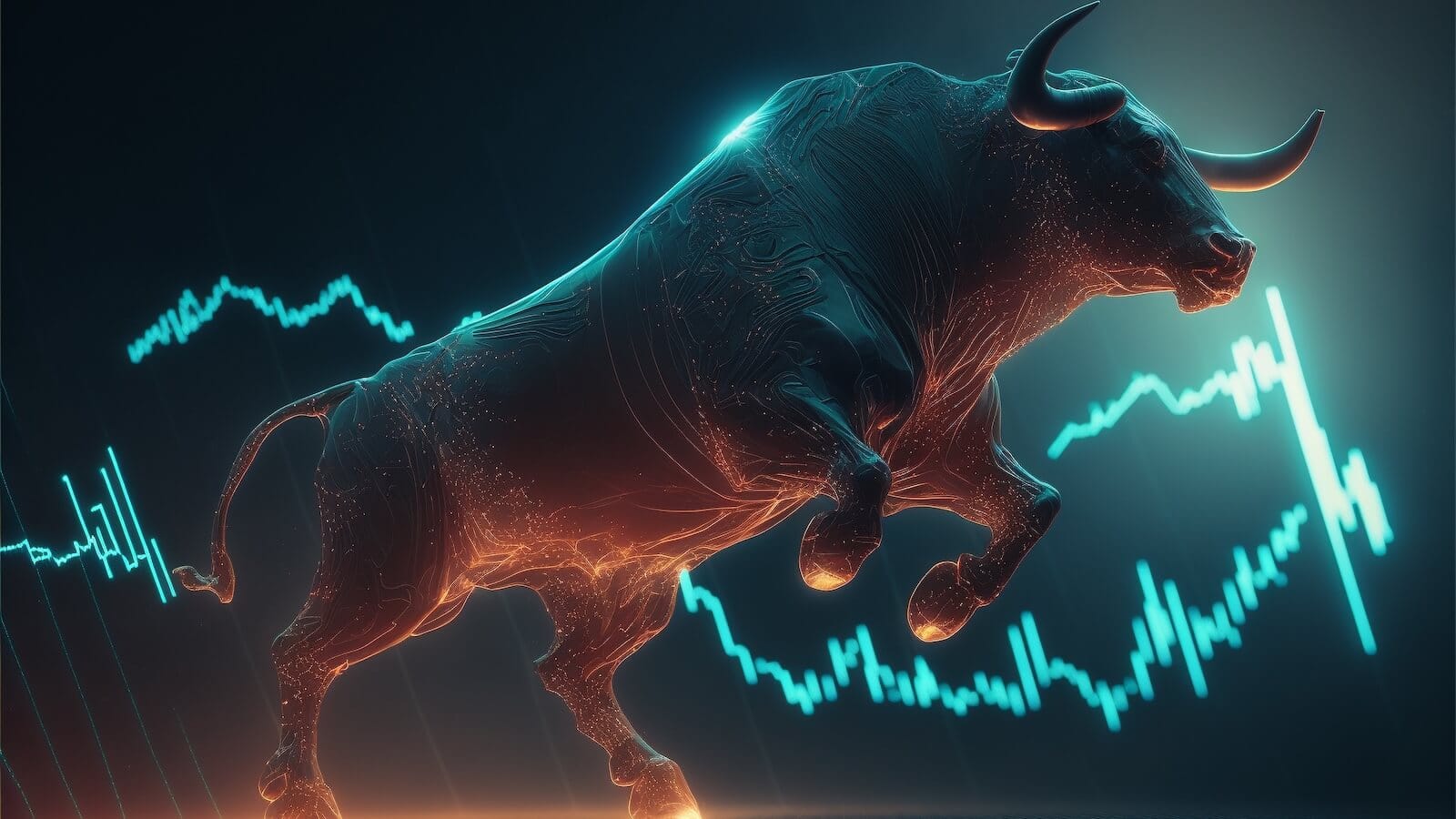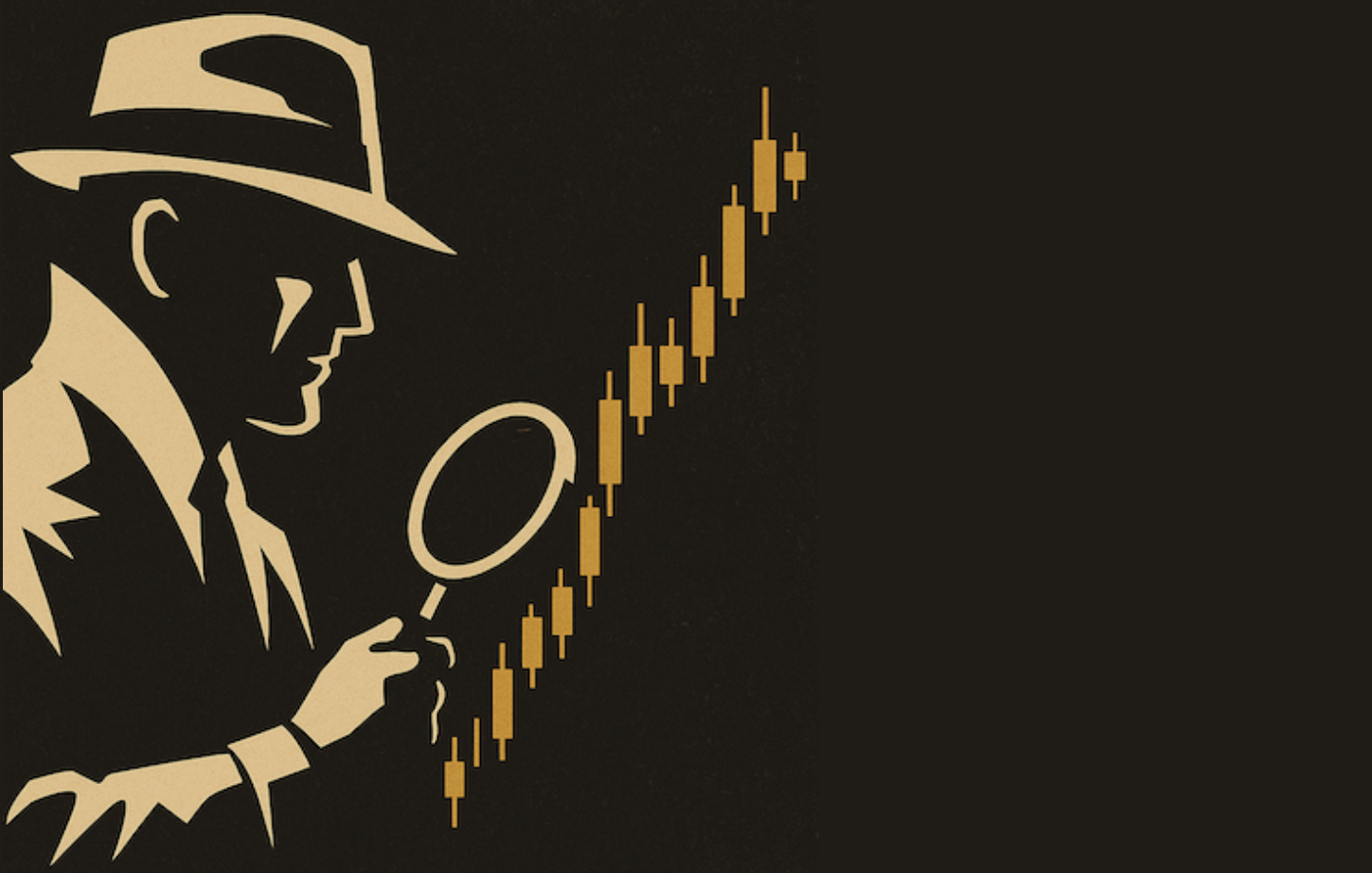US STOCKS HOLD UP BETTER THAN FOREIGN STOCKS DURING 2011 -- A RISING DOLLAR IS A BIG REASON WHY -- DESIRE FOR SAFETY ALSO EXPLAINS WHY THE DOW HAS BEEN THE BEST PERFORMER IN THE US THIS YEAR ALONG WITH DIVIDEND STOCKS -- PFIZERS NEARS FIVE-YEAR HIGH
US HOLDS UP BETTER THAN FOREIGN DEVELOPED MARKETS ... Although it's been a rough year for all global stocks, U.S. stocks have held up better than everyone else's. Chart 1 compares the S&P 500 to the world's biggest stock markets during 2011. The S&P loss of -1.4% pales in comparison to much bigger losses elsewhere. Britain is the closest to the U.S. with a 2011 loss of -7%. All of the others have double digit losses, including Canada (-11%), Japan (-15%), Germany (-16%), and France (-19%). EAFE iShares (which measure the trend of developed foreign stocks) lost -13%. Emerging markets did even worse. Emerging Market iShares (EEM) have lost -19%.

Chart 1
EMERGING MARKETS DO MUCH WORSE THAN DEVELOPED ONES... Chart 2 shows the ETFs for the four largest emerging markets during 2011. China iShares (red line) have lost 17%. The three others are in bear market territory with losses exceeding 20%. They include Brazil (-23%), Russia (-29%), and India (-37%). China and India have been raising rates to combat inflation. Brazil and Russia have been hurt by falling commodity prices. One of the reasons that commodities, and most foreign markets, have underperformed the U.S. is the rising dollar.

Chart 2
RISING DOLLAR HURTS FOREIGN STOCKS MORE ... I've written several past articles explaining that the direction of the U.S. Dollar helps determine the relative attractiveness of U.S. stocks versus foreign stocks. The general rule of thumb is that a falling dollar favors foreign shares, while a rising dollar favors the U.S. Chart 3 demonstrates that by comparing the Dollar Index (green line) to a ratio of EAFE iShares to the S&P 500 (blue line). The two lines trend in opposite directions. From 2002 to 2008, a falling dollar produced bigger gains in foreign stocks (a rising ratio). The 2008 bottom in the dollar, however, coincided with a peak in the ratio (compare arrows). The falling ratio since 2008 means that foreign stocks have been weaker than U.S. stocks. That's been especially true during 2011 as the U.S. Dollar has rallied. At the same time, the EFA/SPX ratio has fallen to the lowest level in five years. Chart 4 shows that most of the damage to foreign stocks occurred during September when the U.S. dollar Index broke out to a new six-month high (see circle).

(click to view a live version of this chart)
Chart 3

(click to view a live version of this chart)
Chart 4
2011 TOP PERFORMERS ARE DOW AND DIVIDEND PAYING STOCKS ... While the U.S. market has been the "safest" market in the world over the last year, the trend toward safety is also seen when we dig a bit deeper into the U.S. market. Chart 5 compares three of the major U.S. stock indexes. Of those three, the Dow Jones Industrial Average (blue line) is the only one in the black for 2011 (+4%). The worst has been the Russell 2000 Small Cap Index (green line) which is down -6%. When investors are nervous, they gravitate toward larger and more stable blue chip stocks most of which reside in the Dow. The fact that most Dow stocks also pay dividends is another attraction. Large dividend-paying stocks have been market leaders all year. That's reflected in the fact that the DJ Select Dividend Index iShares (DVY) is up 8% for the year and has outpaced all major stock indexes (see black line). At the same time, the three top sectors for the year are utilities, staples, and healthcare. At least a third of Dow stocks are in those three leading categories.

Chart 5
PFIZER NEARS TEST OF 2011 HIGH... We're going to look at some of the top performing stocks with the Dow itself. Today's Dow leader is Pfizer (PFE). I've been featuring this stocks recently along with other strong drug stocks. Chart 6 shows Pfizer in the process of testing its spring high at 21. A close above that level would the stock at the highest level in four years. I showed Chart 7 a couple of weeks ago to demonstate that Pfizer was in the early stages of a major uptrend. Here it is again.

(click to view a live version of this chart)
Chart 6

(click to view a live version of this chart)
Chart 7
THREE MORE DOW LEADERS ... A glance through the 30 Dow stocks revealed three impressive breakouts having already taken place. I'll show them in alphabetical order. Chart 8 shows Home Depot (HD) having just broken out to the highest level in nearly 10 years. Its relative strength line (below chart) is rising as well. Chart 9 shows Kraft Foods (KFT) having reached a new record. Its RS line is rising as well. Chart 10 shows Verizon (VZ) having just broken out to a new record as well. Its RS line is rising as well. Other Dow stocks reaching new record highs include IBM and McDonalds.

(click to view a live version of this chart)
Chart 8

(click to view a live version of this chart)
Chart 9

(click to view a live version of this chart)
Chart 10
DOW STRENGTH ISN'T A GOOD SIGN... The fact that the Dow has been holding up better than the rest of the U.S. market isn't a sign of confidence. In fact, it's a sign of fear. To demonstrate why that is, Figure 11 plots a ratio of the Dow Industrials divided by the S&P 500 since 2002. When the ratio is rising, the Dow is outperforming the S&P 500. The last two times that happened was during the 2000-2002 bear market and again during the 2007-2008 bear trend. The two downturns in the ratio coincided with market bottoms (spring of 2003 and 2009). The Dow/SPX ratio turned up this year and is still rising. That's a caution sign for the rest of the market.

(click to view a live version of this chart)
Chart 11
EURO FALLS TO ELEVEN-MONTH LOW... My last message suggested that the Euro was the most important chart to keep an eye on. That's why Chart 12 carries bad news for global stocks and commodities. It shows the Euro falling below its October low to the lowest level since January. A weak Euro shows loss of confidence in Europe and continues to push the dollar higher. That should keep downward pressure on global stocks, and foreign stocks in particular.











